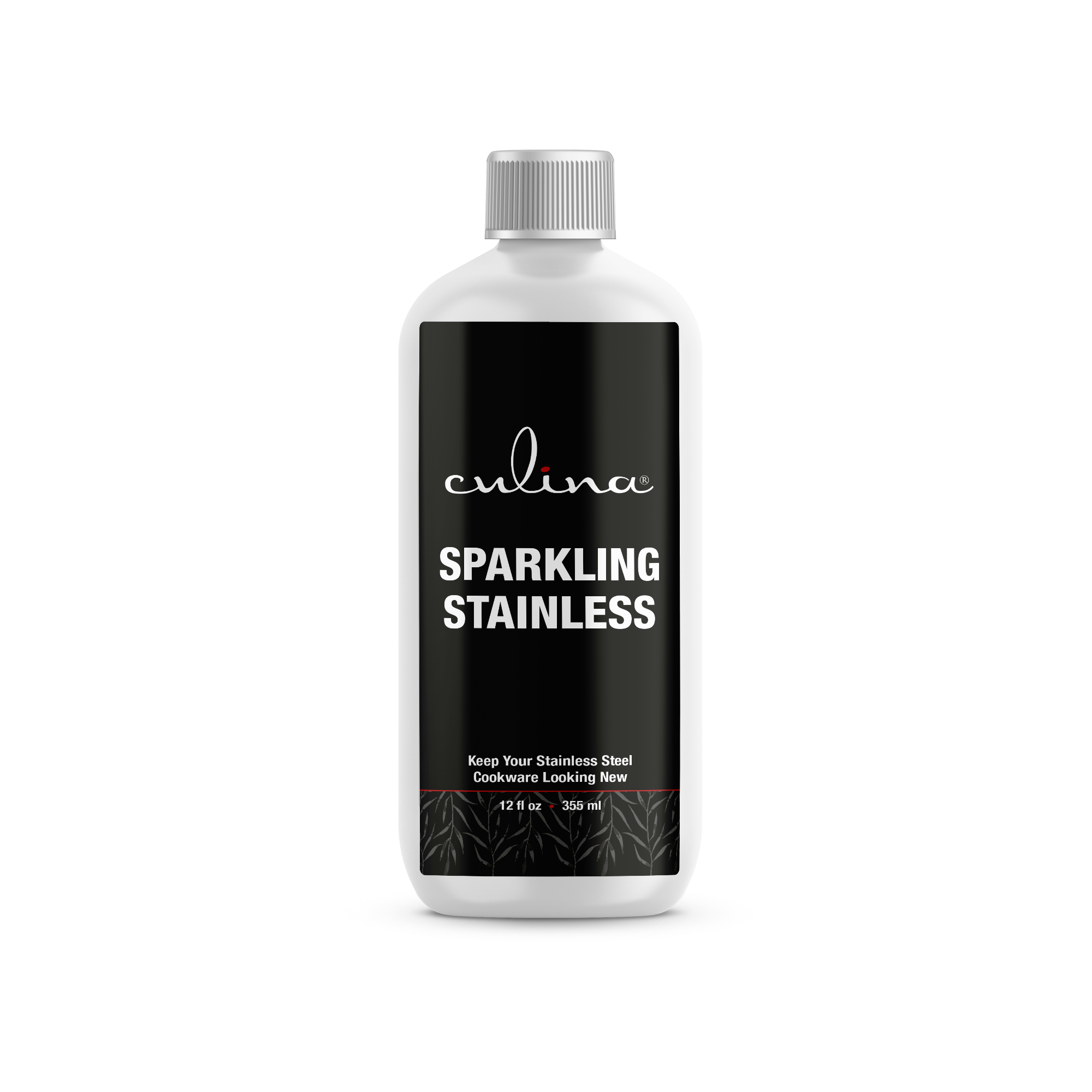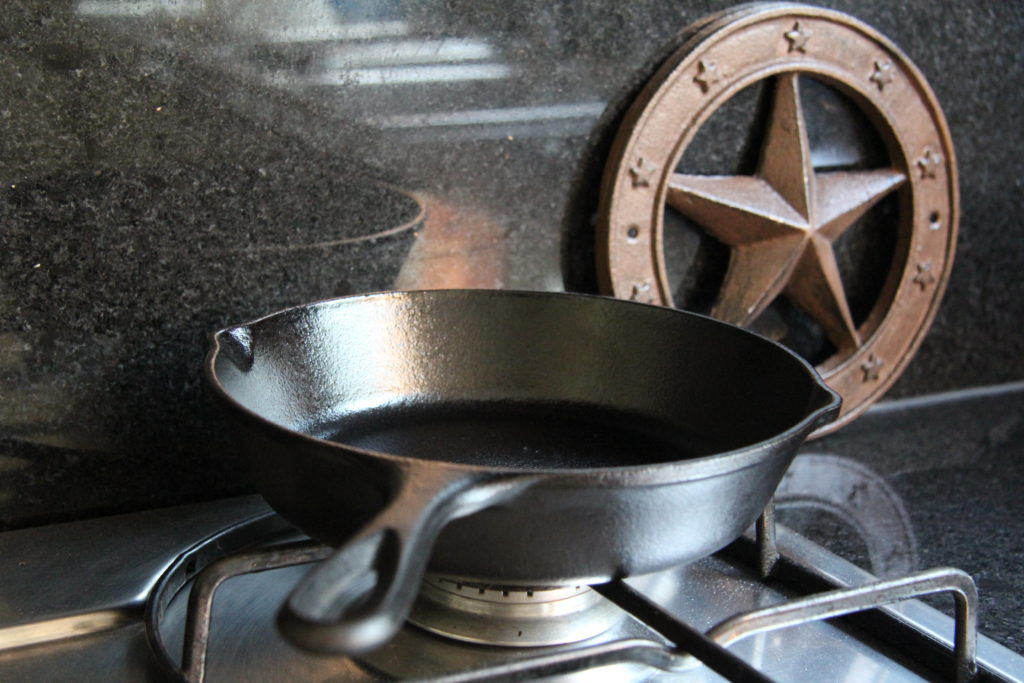When it comes to cooking, choosing the right tools is essential. A **saucepan** is one of the most important pieces in any professional kitchen, as it facilitates a wide array of cooking techniques. Knowing how to choose a saucepan can elevate your culinary creations and enhance your cooking experience. This article aims to provide kitchen professionals with all the necessary information on selecting the right saucepan.
From materials and sizes to specific features that will suit your cooking style, these insights will serve you well in making the best choice for your cooking needs. Lets dive deeper into the world of saucepans, and unravel the key factors to consider.

Understanding the Basics of a Saucepan
A saucepan is typically a deep, round pot with high sides, a flat bottom, and a long handle. In many kitchens, it is the go-to vessel for simmering sauces, boiling pasta, and cooking grains. A saucepan may come with a lid, which helps in retaining moisture and heat for various dishes. When you think about how to choose a saucepan, these foundational features should be in your repertoire of considerations.
Materials Matter
One of the foremost considerations when determining how to choose a saucepan is the material it is made from. Different materials have different heat conductivity properties, which can significantly affect cooking performance.
- Stainless Steel: Highly durable and resistant to rust and staining. Its perfect for browning and deglazing.
- Copper: Excellent heat conductor, offering superior temperature control. However, it often requires regular polishing.
- Non-stick: Ideal for low-fat cooking, preventing foods from sticking. However, it's essential to avoid using metal utensils.
- Cast Iron: Great for slow cooking and heat retention, but requires maintenance to keep it seasoned.
By considering these materials, youll not only ensure quality cooking but also durability in your kitchen supplies.

Size and Capacity Considerations
Another critical factor in how to choose a saucepan is size. A saucepan comes in various diameters typically ranging from 1 quart to 5 quarts or more. Assess your cooking needs to determine the appropriate capacity for you.
For individual servings or small batches, a 1 to 2-quart saucepan is usually suitable. Conversely, if you often cook for larger groups or handle more substantial recipes, consider a 3-quart or 5-quart. Keep in mind that larger saucepans can be challenging to manage on stovetops and might not fit well in your kitchen storage.
Handle and Lid Features
When selecting the best saucepan, pay attention to handle and lid features. Handles should be ergonomically designed and heat-resistant to streamline your cooking experience. Lids are equally essential as they help in retaining moisture and flavor, making sure your food is cooked to perfection.
A transparent glass lid allows you to monitor your dish without lifting the lid, retaining more heat. Consider looking for a lid that perfectly fits your saucepan for optimal cooking results.

Compatibility with Cooktops
Another essential consideration in how to choose a saucepan involves the saucepan's compatibility with your cooktop. If you have an induction cooktop, ensure your saucepan is induction-compatible by checking for a magnetic base. For gas or electric cooktops, consider the heat distribution of your chosen material.
Using a saucepan not designed for your specific cooktop can result in uneven cooking or inefficient energy use. Make sure your saucepan can handle the demands of your cooking setup.
Special Features and Added Benefits
Many modern saucepans come with added features that can enhance your cooking experience. Some saucepans have pour spouts for easy draining, while others may have measuring marks on the inside for precision cooking. Non-stick options can also make cleanup much simpler.
You might also want to consider saucepans with heavier bases that prevent warping or irritation during heat exposure. Each feature adds up, and while your choice may depend on personal preference, these additional features can greatly enhance usability.

Budget Considerations
When learning how to choose a saucepan, keep your budget in focus. While it's important to invest in quality cookware, there are options for all budget ranges. More affordable options may suffice for basic cooking, but professional kitchens may benefit from investing in higher-quality products that can withstand the test of time.
Look for deals or sales to stock up on saucepans without overspending. However, do consider long-term benefits and durability against initial costs.
Where to Purchase Saucepan
Finding a reliable retailer for your saucepan purchase is crucial. From kitchen supply stores to reputable online vendors, ensure you're buying from a trusted source. Check customer reviews and ratings for insights to guide your purchasing decisions.
For expert advice and quality products, you can visit this page.
Conclusion
In summary, knowing how to choose a saucepan is vital for kitchen professionals looking to enhance their cooking experiences. By scrutinizing materials, sizes, features, and costs, you can select the right saucepan that meets your culinary needs.
Upgrading to the right saucepan will not only simplify your cooking processes but more importantly, it ensures you produce consistent and delicious presentations each time.
If you're interested in practical tips on using your new saucepan, check out these articles on making porridge, melting chocolate, and sanitizing your saucepan.
As an Amazon Associate, I earn from qualifying purchases.






Leave a comment
This site is protected by hCaptcha and the hCaptcha Privacy Policy and Terms of Service apply.